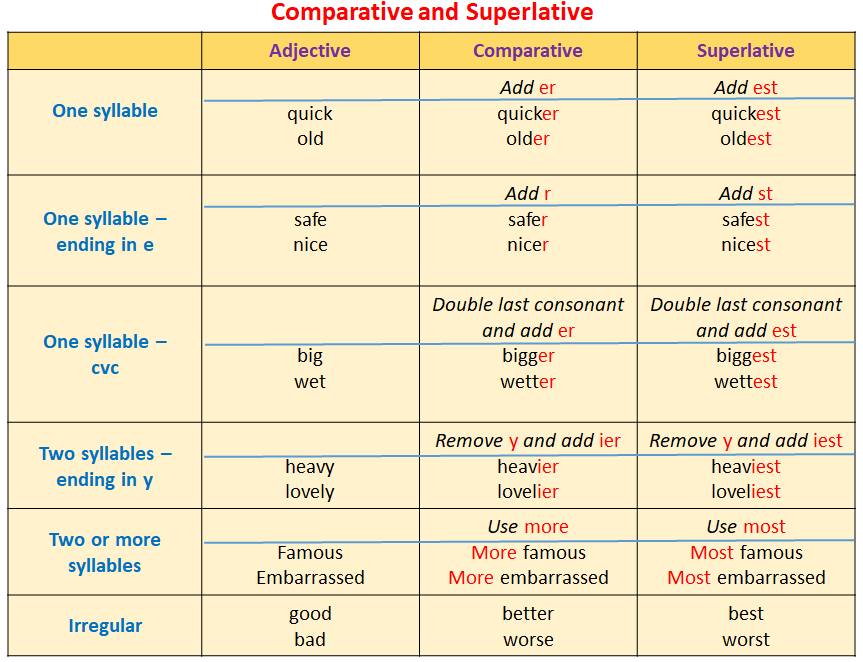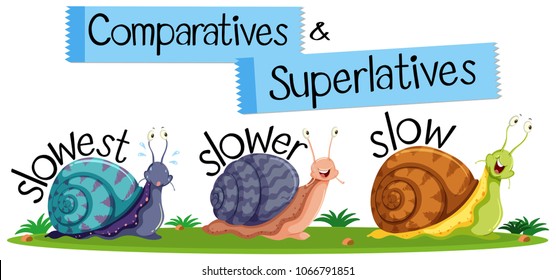
A common size balance sheet is a refined version of thebalance sheetitself, but also includes each single line item as a percentage of totalassets, liability and equity apart from the conventional numeric value. By looking at this income statement, we can see that in 2017, the amount of money that the company invested in research and development (10%) and advertising (3%). The company also pays interest to the shareholders, which is 2% of the total revenue for the year.
Difference Between Funds Flow Statement & Cash Flow Statement
When sales figures of previous periods are given along with the figures of current periods then the analyst will be able to study the trends of sales over different periods of time. Similarly, comparative figures will indicate the trend and direction Comparative & Common-Size Financial Statements of financial position and operating results. Securities and real estate values are listed at market value rather than at historical cost or cost basis. Personal net worth is the difference between an individual’s total assets and total liabilities.

Horizontal analysis is used in the review of a company’s financial statements over multiple periods. Horizontal analysis is used in financial statement analysis to compare historical data, such as ratios, or line http://umipack.ru/future-value-calculator/ items, over a number of accounting periods. Although you use total assets as the basis of vertical analysis of the balance sheet, you can also change the denominator based on where you are on the balance sheet.
Suppose Company A reports sales of $100 million and operating profits of $25 million. Company B, which is smaller, reports sales of $20 million and operating profits of $15 million.
Why Use Comparative Income Statements?
Then, business expenses are listed and deducted until you reach the bottom line, or net Comparative & Common-Size Financial Statements profit. You’re an expert at running your business, not analyzing financial numbers.
Understanding The Income Statement
On the other hand, horizontal analysis refers to the analysis of specific line items and comparing them to a similar line item in the previous or subsequent financial period. Although common size analysis is not as detailed as trend analysis using ratios, it does provide a simple way for financial managers to analyze financial statements. In the balance sheet, the common base item to which other line items are expressed is total assets, while in the income statement, it is total revenues.
You use total liabilities to compare all liabilities and total equity to compare all equity accounts. For example, short-term debt Comparative & Common-Size Financial Statements is $50,000 and total liabilities are $200,000. Comparing these numbers to historical figures can help you spot sudden shifts.
Balance Sheet Analysis
Trends are identified and the performance of managers, new lines of business and new products can be evaluated, without having to flip through individual financial statements. Notice that PepsiCo has the highest net sales at $57,838,000,000 versus Coca-Cola at $35,119,000,000. Once converted to common-size percentages, however, we see that Coca-Cola outperforms PepsiCo in virtually every income statement category. Coca-Cola’s cost of goods sold is 36.1 percent of net sales compared to 45.9 percent at PepsiCo. Coca-Cola’s gross margin is 63.9 percent of net sales compared to 54.1 percent at PepsiCo.
Which items are usually assigned a 100 value on a common size balance sheet?
Funds Flow Statement is a statement prepared to analyse the reasons for changes in the Financial Position of a Company between 2 Balance Sheets. It shows the inflow and outflow of funds i.e. Sources and Applications of funds for a particular period.
- Common-size analysis allows for the evaluation of information from one period to the next within a company and between competing companies.
- All percentage figures in a common-size balance sheet are percentages of total assets while all the items in a common-size income statement are percentages of net sales.
- Income statement items are stated as a percent of net sales and balance sheet items are stated as a percent of total assets (or total liabilities and shareholders’ equity).
Analysis Of Expenses For Xyz, Inc.

What is the best use for these common size statements?
What is the best use for these common-size statements? Common size statements are usually prepared for the income statement and balance sheet. It expresses all balance sheet accounts as percentages and all income statements accounts as percentages.
Generally accepted accounting principles (GAAP) favor presenting these comparative financial statements for private companies, but it is not required. The format of the comparative income statement puts together several income statements into a single statement. This helps the business owner in understanding the trends and measuring the business performance over different time periods.
Although these lines can be reported in various orders, the next line after net revenues typically shows the costs of the sales. This number tells you the amount of money the company spent to produce the goods or services it sold during the accounting period. There has also been increase of Rs 45 lakhs, i.e. 22.5% in reserves of the company. Thus, the company has used long-term resources to finance additional working capital.
The important thing to remember about an income statement is that it represents a period of time. This contrasts with the balance sheet, which represents a single moment in time. Two- or three-year comparative financial statements are de rigueur in filings with Comparative & Common-Size Financial Statements the Securities and Exchange Commission (SEC). Public companies have no choice, but private businesses are not under the SEC’s jurisdiction. Finally, calculate the percentage change in the income statement items of the current year relative to the previous year.
What Is A Comparative Income Statement?
It evaluates financial statements by expressing each line item as a percentage of the base amount for that period. The analysis helps to understand the impact of each item in the financial statement and its contribution to the resulting figure. It is customary https://simple-accounting.org/ to issue comparative financial statements with additional columns containing the variance between periods, as well as the percentage change between periods. Comparative statements show the effect of business decisions on a company’sbottom line.

You can see how much debt your company holds in proportion to its assets and how short-term debt directly compares to short-term assets. The higher the proportion of short-term assets, the stronger your company’s working capital position and its ability to meet its near-term obligations. The three primary financial statements of a business are generally reported in multiyear financial statements, using a two- or three-year comparative format.
What Is A Common Size Income Statement?
This percentage change in items is mentioned in Column V of the comparative income statement. Apart from comparing income statements of its own business over different time periods, a business owner can compare the operating results of its competitor firms as well. Finally, calculate the percentage change in the assets and liabilities of the current year relative to the previous year. This percentage change in assets and liabilities is mentioned in Column V of the comparative balance sheet. Firstly, specify absolute figures of assets and liabilities relating to the accounting periods considered for analysis.




